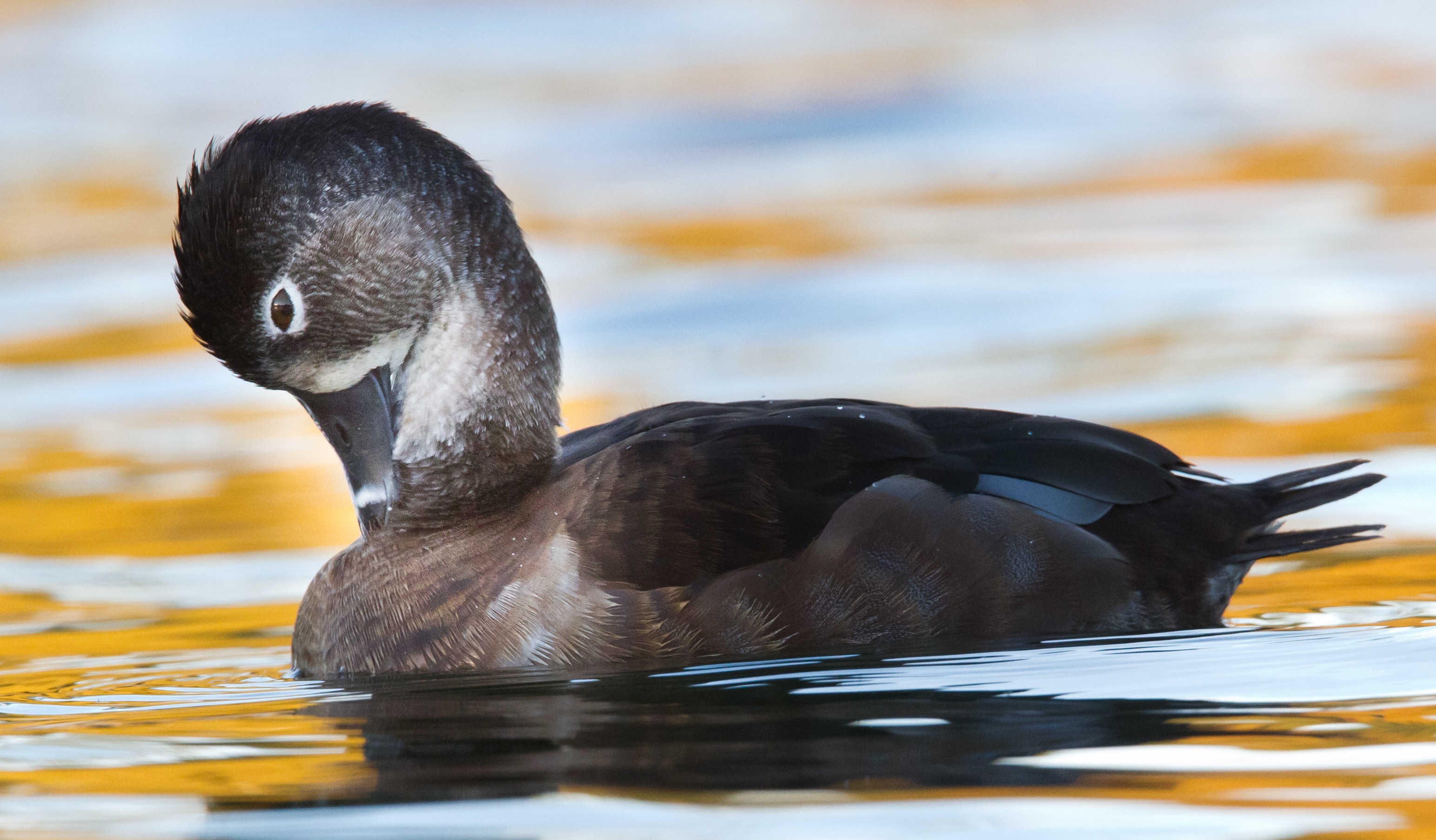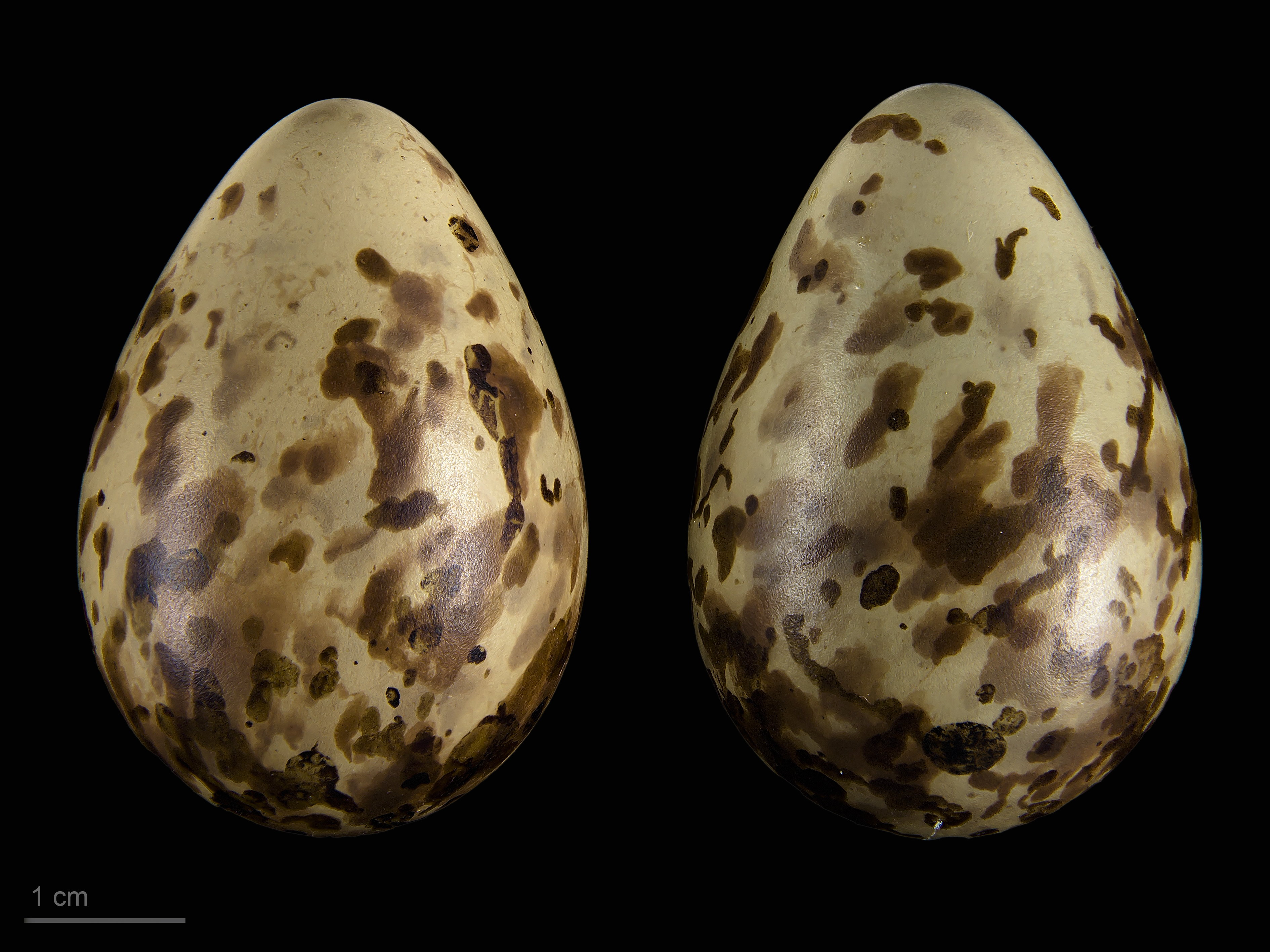|
Rumworth Lodge Reservoir
Rumworth Lodge Reservoir is a large shallow reservoir in Bolton, Greater Manchester, England. It is located to the west of Bolton's A58 (Beaumont Road) and to the South-East of Lostock railway station. The water from the reservoir is not used for drinking water but provides compensation water so that the Middlebrook, which downstream becomes the River Croal, never runs dry. It is a magnet for birds, particularly on spring and autumn passage when many rare species have been recorded. Fields between the wood and the lodge are also the site of rare autumn crocus. Fishing The reservoir is used for fishing and an annual fishing permit and the appropriate Environment Agency licences are required. The reservoir is stocked with bream, carp, roach and perch. Ornithology Rumworth Lodge Reservoir is of great ornithological interest. The Reservoir's reedbeds have both reed and sedge warbler in summer and once played host to the county's first ever marsh warbler. Many other sp ... [...More Info...] [...Related Items...] OR: [Wikipedia] [Google] [Baidu] |
Greater Manchester
Greater Manchester is a metropolitan county and combined authority, combined authority area in North West England, with a population of 2.8 million; comprising ten metropolitan boroughs: City of Manchester, Manchester, City of Salford, Salford, Metropolitan Borough of Bolton, Bolton, Metropolitan Borough of Bury, Bury, Metropolitan Borough of Oldham, Oldham, Metropolitan Borough of Rochdale, Rochdale, Metropolitan Borough of Stockport, Stockport, Tameside, Trafford and Metropolitan Borough of Wigan, Wigan. The county was created on 1 April 1974, as a result of the Local Government Act 1972, and designated a functional Manchester City Region, city region on 1 April 2011. Greater Manchester is formed of parts of the Historic counties of England, historic counties of Cheshire, Lancashire and the West Riding of Yorkshire. Greater Manchester spans , which roughly covers the territory of the Greater Manchester Built-up Area, the List of urban areas in the United Kingdom, second most ... [...More Info...] [...Related Items...] OR: [Wikipedia] [Google] [Baidu] |
Arctic Skua
The parasitic jaeger (''Stercorarius parasiticus''), also known as the Arctic skua, Arctic jaeger or parasitic skua, is a seabird in the skua family Stercorariidae. It is a migratory species that breeds in Northern Scandinavia, Scotland, Iceland, Greenland, Northern Canada, Alaska, and Siberia and winters across the southern hemisphere. Kleptoparasitism is a major source of food for this species during migration and winter, and is where the name is derived from. Etymology The word "jaeger" is derived from the German word ''Jäger'', meaning "hunter". The English "skua" comes from the Faroese name ''skúgvur'' for the great skua, with the island of Skúvoy known for its colony of that bird. The general Faroese term for skuas is ''kjógvi'' . The genus name ''Stercorarius'' is Latin and means "of dung"; the food disgorged by other birds when pursued by skuas was once thought to be excrement. The specific ''parasiticus'' is from Latin and means "parasitic". Description Ide ... [...More Info...] [...Related Items...] OR: [Wikipedia] [Google] [Baidu] |
Richard's Pipit
Richard's pipit (''Anthus richardi'') is a medium-sized passerine bird which breeds in open grasslands in the East Palearctic. It is a long-distance migrant moving to open lowlands in the Indian subcontinent and Southeast Asia. It is a rare but regular vagrant to western Europe. The genus name ''Anthus'' is the Latin name for a small bird of grasslands. The English name and ''richardi'' are for the French naturalist Charles Richard (1745–1835), director of postal services at Lunéville and friend of Francois Levaillant. It belongs to the pipit genus ''Anthus'' in the family Motacillidae. It was formerly lumped together with the Australasian, African, mountain and paddyfield pipits in a single species: Richard's pipit, ''Anthus novaeseelandiae''. These pipits are now commonly considered to be separate species although the African and paddyfield pipits are sometimes treated as part of ''A. richardi''. Description This is a large pipit, 17–20 cm in length, with a weigh ... [...More Info...] [...Related Items...] OR: [Wikipedia] [Google] [Baidu] |
Ring-necked Duck
The ring-necked duck (''Aythya collaris'') is a diving duck from North America commonly found in freshwater ponds and lakes. The scientific name is derived from Greek , an unidentified seabird mentioned by authors including Hesychius and Aristotle, and Latin ''collaris'', "of the neck" from ''collum'', "neck". Description Ring-necked ducks are small to medium-sized diving ducks with the following length, weight, and wingspan measurements: * Length: 15.3-18.1 in (39-46 cm) * Weight: 17.3-32.1 oz (490-910 g) * Wingspan: 24.4-24.8 in (62-63 cm) The adult male is similar in color pattern to the Eurasian tufted duck, its relative. Males are a little bit bigger than the female. It has two white rings surrounding its gray bill, a shiny black angular head, black back, white line on the wings, a white breast and yellow eyes. The adult female has a grayish brown angular head and body with a dark brown back, a dark bill with a more subtle light band than the male, grayish-bl ... [...More Info...] [...Related Items...] OR: [Wikipedia] [Google] [Baidu] |
Red-necked Grebe
The red-necked grebe (''Podiceps grisegena'') is a migratory aquatic bird found in the temperate regions of the northern hemisphere. Its wintering habitat is largely restricted to calm waters just beyond the waves around ocean coasts, although some birds may winter on large lakes. Grebes prefer shallow bodies of fresh water such as lakes, marshes or fish-ponds as breeding sites. The red-necked grebe is a nondescript dusky-grey bird in winter. During the breeding season, it acquires the distinctive red neck plumage, black cap and contrasting pale grey face from which its name was derived. It also has an elaborate courtship display and a variety of loud mating calls. Once paired, it builds a nest from water plants on top of floating vegetation in a shallow lake or bog. Like all grebes, the Red-necked is a good swimmer, a particularly swift diver, and responds to danger by diving rather than flying. The feet are positioned far back on the body, near the tail, which makes the bird ... [...More Info...] [...Related Items...] OR: [Wikipedia] [Google] [Baidu] |
Temminck's Stint
Temminck's stint (''Calidris temminckii'') is a small wader. This bird's common name and Latin binomial commemorate the Dutch naturalist Coenraad Jacob Temminck. The genus name is from Ancient Greek ''kalidris'' or ''skalidris'', a term used by Aristotle for some grey-coloured waterside birds. Temminck's stint is one of the species to which the ''Agreement on the Conservation of African-Eurasian Migratory Waterbirds'' (AEWA) applies. Description These birds are very small waders, at length. They are similar in size to the little stint (''Calidris minuta'') but shorter legged and longer winged. The legs are yellow and the outer tail feathers white, in contrast to little stint's dark legs and grey outer tail feathers. This is a rather drab wader, with mainly plain brown upperparts and head, and underparts white apart from a darker breast. The breeding adult has some brighter rufous mantle feathers to relieve the generally undistinguished appearance. In winter plumage, the genera ... [...More Info...] [...Related Items...] OR: [Wikipedia] [Google] [Baidu] |
Purple Sandpiper
The purple sandpiper (''Calidris maritima'') is a small shorebird in the sandpiper family Scolopacidae. This is a hardy sandpiper that breeds in the arctic and subarctic regions of Eurasia and North America and winters further south on the Atlantic coast. Taxonomy The purple sandpiper was formally described in 1764 by the Danish zoologist Morten Thrane Brünnich and given the binomial name ''Tringa maratina''. This species was formerly placed in the genus ''Erolia''. It is now placed with 23 other sandpipers in the genus ''Calidris'' that was introduced in 1804 by the German naturalist Blasius Merrem. The genus name is from Ancient Greek ''kalidris'' or ''skalidris'', a term used by Aristotle for some grey-coloured waterside birds. The specific epithet ''maritima'' is from Latin and means "of the sea", from ''mare'', "sea". The purple sandpiper is treated as monotypic: no subspecies are recognised. Within the genus ''Calidris'' the purple sandpiper is sister to the rock sandpipe ... [...More Info...] [...Related Items...] OR: [Wikipedia] [Google] [Baidu] |
Pectoral Sandpiper
The pectoral sandpiper (''Calidris melanotos'') is a small, migratory wader that breeds in North America and Asia, wintering in South America and Oceania. It eats small invertebrates. Its nest, a hole scraped in the ground and with a thick lining, is deep enough to protect its four eggs from the cool breezes of its breeding grounds. The pectoral sandpiper is long, with a wingspan of . Taxonomy The pectoral sandpiper is sometimes separated with the "stint" sandpipers in ''Erolia''. This may or may not represent a good monophyletic group, depending on the placement of the phylogenetically enigmatic curlew sandpiper (''"C." ferruginea''), the type species of ''Erolia''. In any case, the genus name ''Ereunetes''—formerly used for the western sandpiper (''"C." mauri'') and semipalmated sandpiper (''"C." pusilla''), which are also members of the stint clade—was established before ''Erolia''. "Cox's sandpiper" (''"Calidris"'' × ''paramelanotos'') is a stereotyped hybrid between t ... [...More Info...] [...Related Items...] OR: [Wikipedia] [Google] [Baidu] |
Marsh Warbler
The marsh warbler (''Acrocephalus palustris'') is an Old World warbler currently classified in the family Acrocephalidae. It breeds in temperate Europe and the western Palearctic and winters mainly in southeast Africa. It is notable for incorporating striking imitations of a wide variety of other birds into its song. The marsh warbler breeds in a variety of mostly damp habitats, but in Africa winters mainly in dry, well-vegetated areas. It is common over much of its breeding range and expanding its distribution in some areas. However, in Britain it is now virtually extinct as a breeding bird, though the reasons for its decline are unclear. This insectivorous warbler can be easily confused with several close relatives, but the imitative song of the male is highly distinctive. Taxonomy The marsh warbler was formally described in 1798 by the German naturalist Johann Matthäus Bechstein under the scientific name ''Motacilla s. Sylvia palustris''. The type locality is Germany. Th ... [...More Info...] [...Related Items...] OR: [Wikipedia] [Google] [Baidu] |
Great Northern Diver
The common loon or great northern diver (''Gavia immer'') is a large member of the loon, or diver, family of birds. Breeding adults have a plumage that includes a broad black head and neck with a greenish, purplish, or bluish sheen, blackish or blackish-grey upperparts, and pure white underparts except some black on the undertail coverts and vent. Non-breeding adults are brownish with a dark neck and head marked with dark grey-brown. Their upperparts are dark brownish-grey with an unclear pattern of squares on the shoulders, and the underparts, lower face, chin, and throat are whitish. The sexes look alike, though males are significantly heavier than females. During the breeding season, loons live on lakes and other waterways in Canada; the northern United States (including Alaska); and southern parts of Greenland and Iceland. Small numbers breed on Svalbard and sporadically elsewhere in Arctic Eurasia. Common loons winter on both coasts of the US as far south as Mexico, and on t ... [...More Info...] [...Related Items...] OR: [Wikipedia] [Google] [Baidu] |
Great Grey Shrike
The great grey shrike (''Lanius excubitor'') is a large and predatory songbird species in the shrike family (Laniidae). It forms a superspecies with its parapatric southern relatives, the Iberian grey shrike (''L. meridionalis''), the Chinese grey shrike (''L. sphenocerus'') and the American loggerhead shrike (''L. ludovicianus''). Males and females are similar in plumage, pearly grey above with a black eye-mask and white underparts. Breeding takes place generally north of 50° northern latitude in northern Europe and Asia. Most populations migrate south in winter to temperate regions.Harris & Franklin (2000): pp. 152–153 The great grey shrike is carnivorous, with rodents making up over half its diet. Taxonomy and systematics The species was first scientifically described by Carl Linnaeus in his 1758 edition of ''Systema Naturae'' under the current binomial name. His description is – "a shrike with a wedge-shaped white-bordered tail, back grey, wings black with white sp ... [...More Info...] [...Related Items...] OR: [Wikipedia] [Google] [Baidu] |





.jpg)
.jpg)